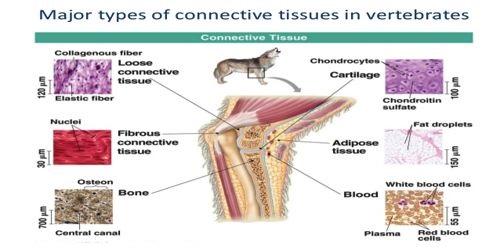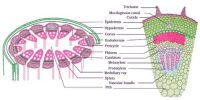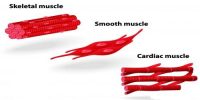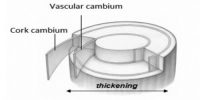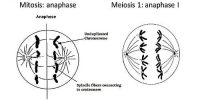Structural Characteristics and Functions of Connective Tissue in Animals
Structural Characteristics: Connective tissue (CT) is one of the four basic types of animal tissue, along with epithelial tissue, muscle tissue, and nervous tissue. The amount of matrix is more in connective tissue but the number of cells is comparatively less. Matrix may be jelly like, soft or hard and fragile. This type of connective tissue forms tendons and ligaments, which attach muscle to bone and bone to bone, respectively. One or more than one type of fibre and materials like calcium carbonate may remain present in matrix (Figure).
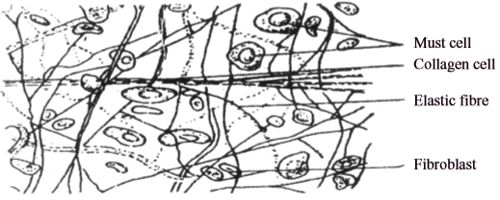
Functions: Connective tissue connects muscle with muscle and bone with bone. Connective tissue may transform into skeletal tissue, fibrous tissue and. fluid connective tissue. On the basis of structure and function connective tissue is mainly of three types. As:
- Films Connective Tissue: This type of connective tissue lies below the body-integument and sparsely in muscles. In their matrix numerous fibres are present.
- Skeletal Tissue: Internal structural building tissue of the body is called the skeletal tissue
- Fluid Connective Tissue: Structural Characteristics: Matrix of this tissue is liquid. In the matrix there are various types of organic materials in the form of colloid.
